Bournemouth University researcher involved in groundbreaking discovery on Scottish island.
by Stephen Bates
A team of researchers have discovered what is believed to be a complete Neolithic cursus set within a rich prehistoric landscape on the Isle of Arran, Scotland.
This monument type is amongst the first that was built by farmers in Neolithic Britain and is huge – measuring 1.1km long and 50 metres wide.
A cursus is a vast Neolithic monument comprised of one or more rectangular enclosures. The cursus on Arran is defined by a large stone, earth and turf bank running around the entire perimeter of the enclosure. Constructing this monument would have involved staggering amounts of labour, transforming the entire local landscape.
This monument type could date to perhaps as early as 3500 BC, researchers say. It is the most complete example of this site type found in Britain and the opportunity to investigate a cursus bank is very rare and hugely exciting.
Prehistoric field boundaries, clearance cairns and round houses, at least some of which may be contemporary with the monument, have also found in the same landscape, all preserved within peatland, sealing the archaeological layers. Ancient soils representing the original Neolithic land surface, together with cultivated soils from the Bronze Age period, provide an unparalleled opportunity to understand how contemporary farming practice and settlement interacted with the cursus monument and how early farmers transformed this place.
Dr Emma Jenkins, Associate Professor in Archaeology at Bournemouth University, co-led the landscape geoarchaeology and environmental science work at the site, supported by Dr Sarah Elliott, Deputy Head of Department, Life and Environmental Sciences (LES) and Harry Manley, Demonstrator in LES.
This involved excavating areas near the cursus into the Neolithic land surfaces and Bronze Age field systems which will allow samples to be taken for dating and other environmental evidence. This will help the team to understand how people used and managed this important landscape and feed critical information into the rewilding strategy about the landscape history of the area.
Dr Jenkins said, “The Isle of Arran is well known for Machrie Moor with its Prehistoric stone and timber circles; standing stones and burial cairns but the discovery that these may be part of a much larger complex which included this enormous cursus elevates this into a region of global significance on a par with other ceremonial landscapes like Stonehenge. As an environmental archaeologist I am particularly excited by the discovery of well-preserved soils, contemporary with the creation of the cursus which means we can investigate how people used and modified this landscape from the time of the first farming communities in Britain.”
This research will provide invaluable information about landscape history and past ecosystems that will feed into the Rewilding strategy currently being put together by landowner David Bennett and the Northwoods Rewilding Network and wider work by Arran Geopark. The team also supported participation by members of the local community in the research process and are exploring future learning and creative opportunities responding to the investigations. Artists from the region were supported by North Ayrshire Council and Arran Theatre and Arts Trust to explore the excavation.
Professor Nicki Whitehouse, Professor of Archaeological Science, University of Glasgow, said: “The initial discoveries reveal a highly unusual combination of a ceremonial monument within a prehistoric farming landscape. It is part of a continuum that likely linked to the ritual site at Machrie Moor, probably forming part of something much more extensive. The science work will allow us to understand about the animals and plants people farmed, how people impacted the landscape and its ecosystems and transformed their soils for cultivation – and what we may learn from this today.”
The combination of investigating all these elements together is highly unusual and has also involved experts from Universities of Birkbeck, Reading, Coventry, Birmingham, and Southampton as well as archaeologists from Archaeology Scotland and Historic Environment Scotland.
The discovery has seen widespread media coverage, including in The National, The Guardian, The Times (paywall) and The Scotsman (paywall).
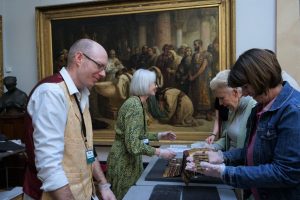









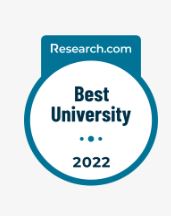
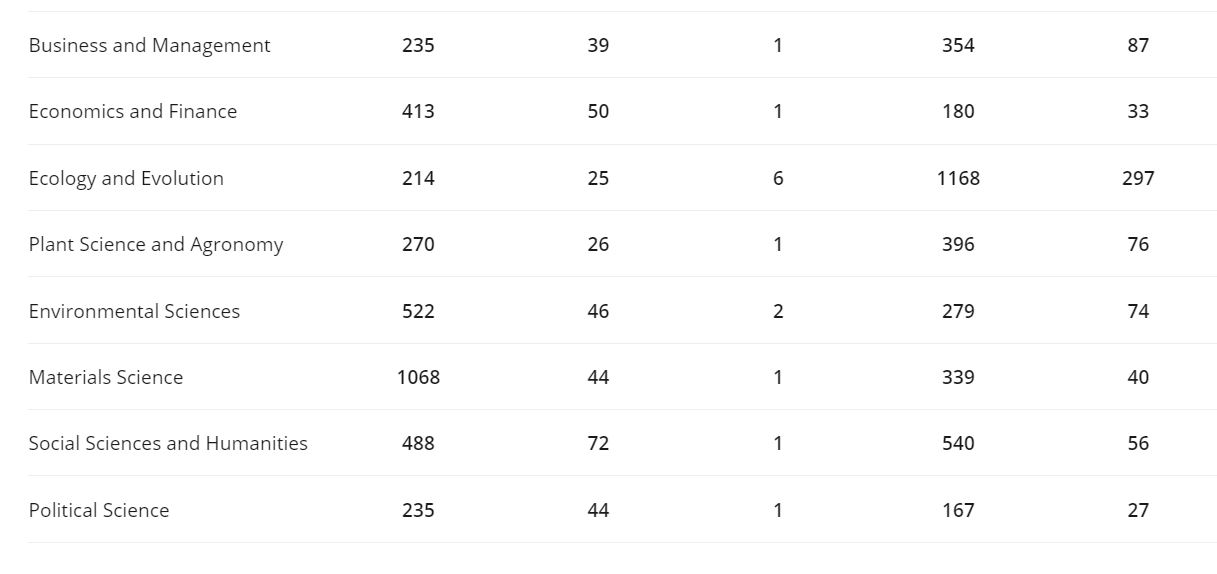
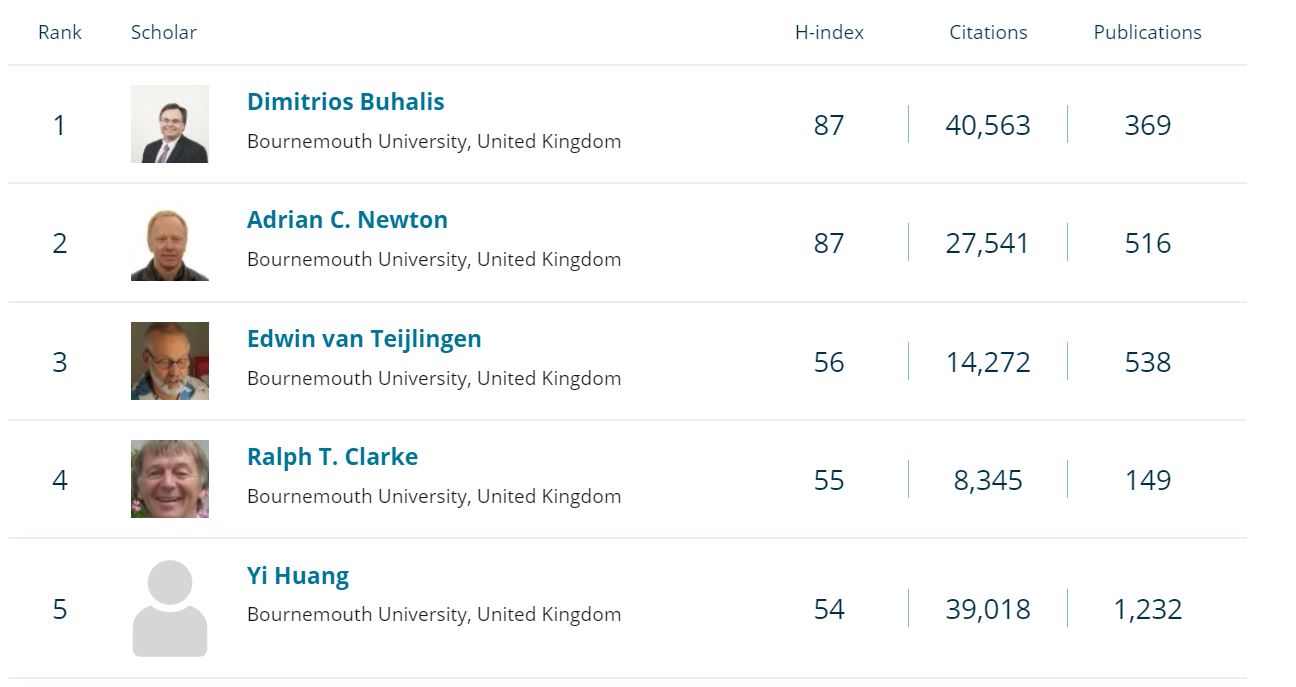
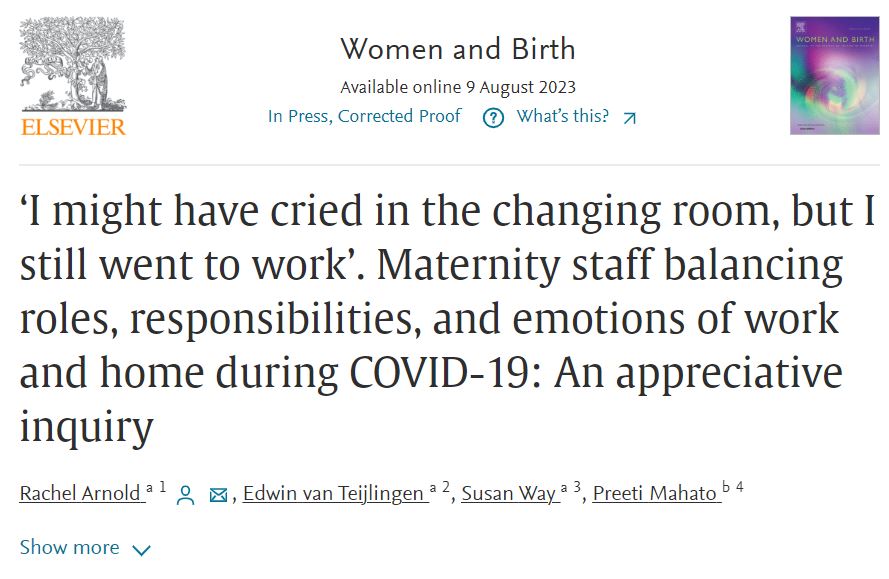

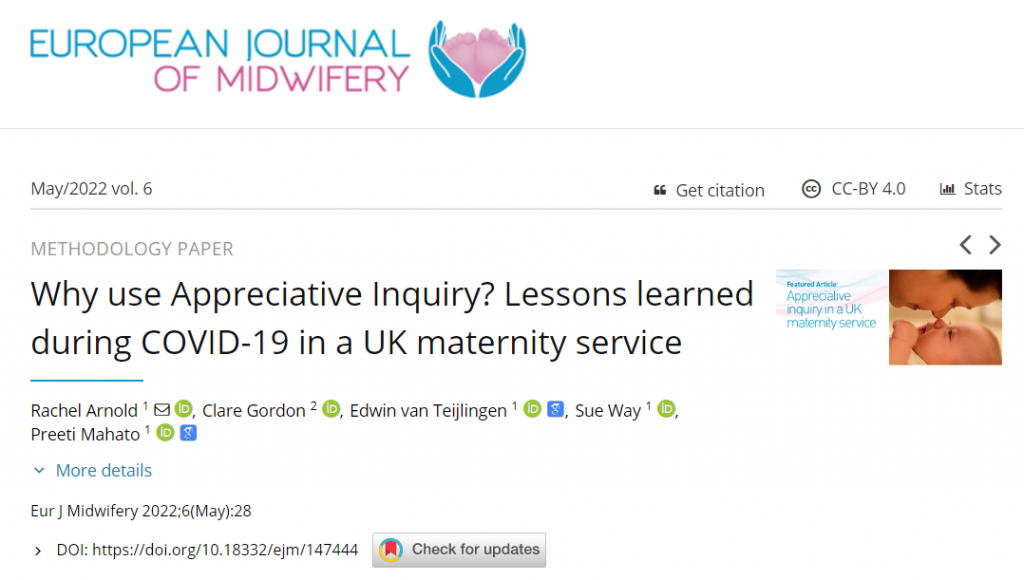


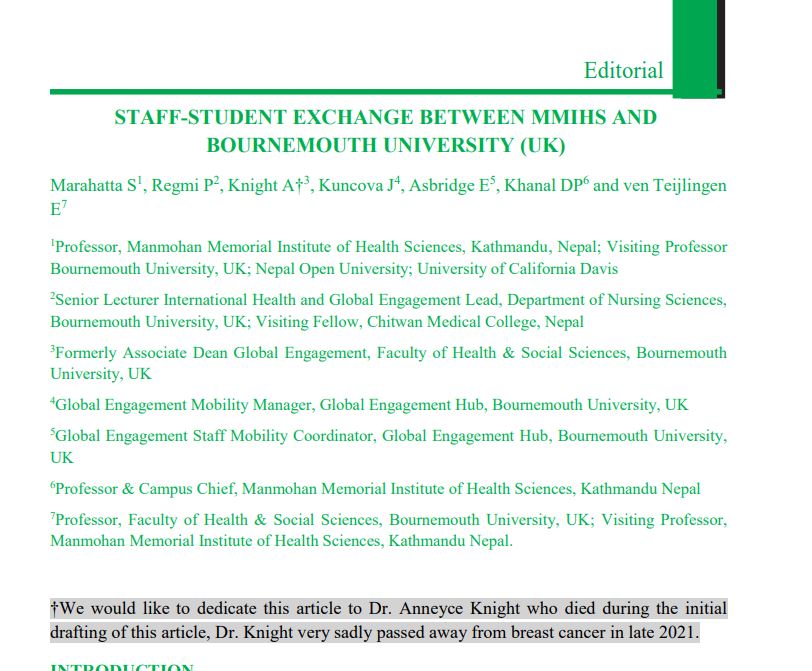





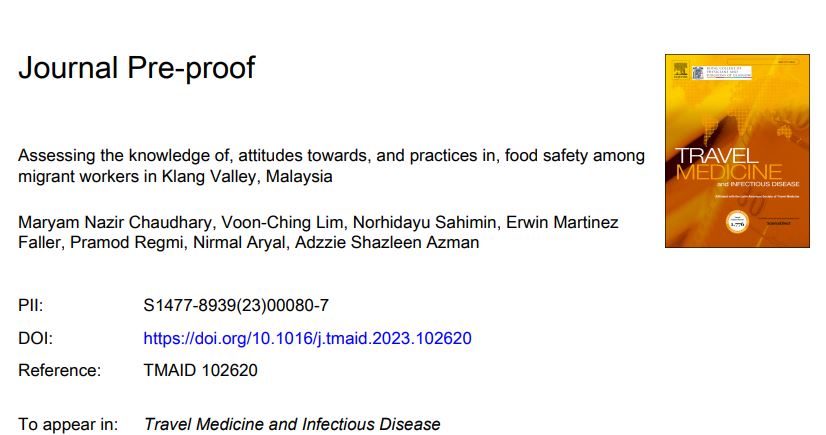
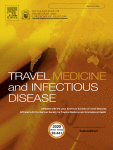











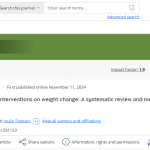 New weight change BU paper
New weight change BU paper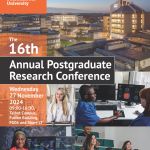 One week to go! | The 16th Annual Postgraduate Research Conference
One week to go! | The 16th Annual Postgraduate Research Conference Geography and Environmental Studies academics – would you like to get more involved in preparing our next REF submission?
Geography and Environmental Studies academics – would you like to get more involved in preparing our next REF submission?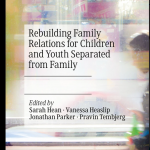 Congratulations to three former BU staff
Congratulations to three former BU staff MSCA Staff Exchanges 2024 Call – internal deadline
MSCA Staff Exchanges 2024 Call – internal deadline Applications are now open for 2025 ESRC Postdoctoral Fellowships!
Applications are now open for 2025 ESRC Postdoctoral Fellowships! Horizon Europe – ERC CoG and MSCA SE webinars
Horizon Europe – ERC CoG and MSCA SE webinars MaGMap: Mass Grave Mapping
MaGMap: Mass Grave Mapping ERC grants – series of webinars
ERC grants – series of webinars